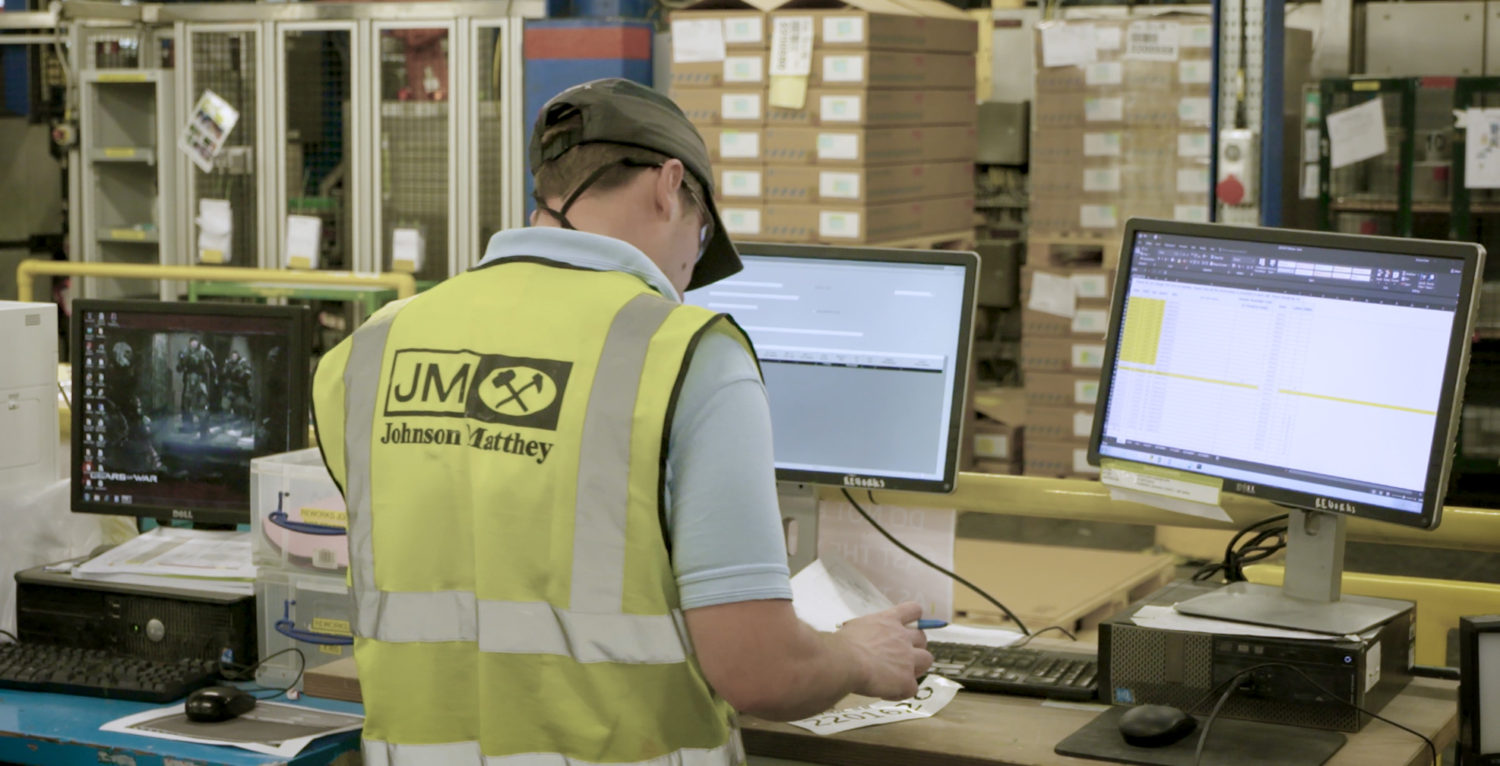It’s time for unions to consider new forms of cooperation
Private sector unions are showing no signs of giving up the fight for a membership revival, writes Cameron Tait.
This year we will celebrate the 150th anniversary of the foundation of the TUC, when trade unions first came together to establish a national body to speak with one voice on behalf of their shared interests. As the union movement faces up to a different set of challenges from those it took on a century and a half ago, it is time for unions to consider new forms of cooperation.
The UK trade union membership crisis is well documented. In the private sector, membership levels are now less than a third of what they were at their peak in 1979, falling from 45 to 13 per cent of the commercial workforce over 40 years.
Legislation, industrial change and shifting attitudes have all taken their toll on unions organising in the private sector. To make matters worse, this low point is not necessarily the nadir. Recent Changing Work Centre research suggests future industrial change could make life more difficult for unions because the five fastest growing private sector industries have amongst the lowest levels of trade union membership. Meanwhile, many of the industries in which unions have traditionally been strong are employing fewer people.
Unions are also having to contend with changing attitudes. A recent survey suggests more of the workforce would rather deal with their pay individually than collectively, marking a stark contrast to previous polls. Whether this is because of a growth of individualistic attitudes or a decreasing familiarity with collective bargaining, it shows unions have to win the argument for collectivism at work.
However, this situation can be turned around. Trade unions are still the UK’s largest voluntary movement, they remain a powerful force in the labour market and the majority of private sector workers want stronger unions.
A new Changing Work Centre report demonstrates private sector unions are showing no signs of giving up the fight for a membership revival. Essays from trade union leaders and senior officers at Community, the Musicians’ Union, Prospect, Unison and Usdaw, as well as Frances O’Grady, the TUC general secretary, Jack Dromey, the shadow minister for labour, and John Monks, the celebrated union moderniser, show unions are clear-headed about the challenge they face and they are innovating to meet it.
A New Collectivism contains plenty of success stories. The shop workers union Usdaw has grown its membership in 20 of the last 21 years, despite operating in the industry with one of the highest rates of staff turnover: the union has to recruit 70,000 workers each year to stand still. Community, a trade union that built its reputation in steel and traditional industries, has embarked on a new mission to recruit thousands of self-employed workers through its partnership with Indycube, a cooperative offering co-working spaces for freelancers. And the BECTU sector of Prospect recently set up a Kickstarter-style initiative for visual special effects workers to unionise together once they reached a critical mass. These and many more examples show the trade union movement is attempting to get to grips with the changing world of work.
Of course, 40 years of decline will not be reversed overnight. Further modernisation is required for a real renaissance in union membership, with unions needing to develop a clear answer to the ‘what can you do for me?’ question and ensure union staff and leadership teams are representative of the industries in which they organise. Last month’s Changing Work Centre research report, Future Unions, included a number of other recommendations for unions, including the provision of ‘instant breakdown cover’ for workers with pre-existing problems and the establishment career development centres.
Unions will also need to collaborate to turn the tide on membership decline. As Kay Carberry, former TUC assistant general secretary, writes in her essay, “there’s a lot more scope for unions to work together”. This could involve joint campaigns and servicing arrangements, as well as establishing a broader clearing house role for the TUC, through which workers can join the family of the union movement.
The mountainous scale of the challenge faced by Britain’s union movement demands an equivalent response, and this anniversary year should mark the start of the climb. Trade unions must adapt and collaborate to recruit millions of new members in a rapidly changing world of work. A New Collectivism sets out how.

